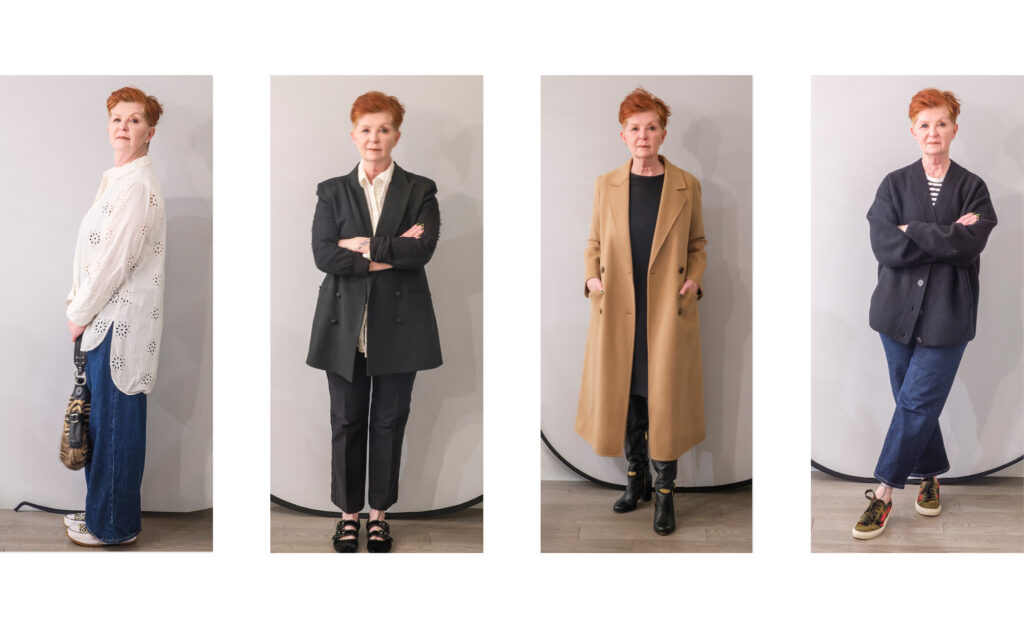– by Al Duncan –
I have a real mix of clients, both men and women, young and old. For the most part, the guys seem to really know what they want in their next vehicle. The women, not so much. Let’s be real: unless you read the car magazines or fantasize during that last long hour in the office about your next ride, the smart choice in vehicles can be daunting. So I decided to write a three-part series just for the women. Men: stop reading here and start tackling the honey-do list!
Ok ladies, lets begin. First off, how many seats do you need? Are you single? Have a pet? Married with kids or retired and looking for adventure? Be realistic with yourself and ask how often the seats are occupied in your present vehicle. If you’re in charge of relocating the soccer team, then a two-seater will not work. Smaller cars and SUV’s are inherently more efficient due to their typically smaller size: they are easier to park, maintain and keep clean. Larger vehicles will occupy a larger footprint, be way less efficient, will be harder to keep clean and will be your worst parking nightmare. If you have children, they’ll require seats; if you have a dog, it will most likely be happier in the back of an SUV, Crossover (think Toyota Venza) or a wagon (think Subaru Outback). Remember that most pets fantasize about a lower vehicle for easy entry and exit; a jacked-up Ford F150 might look cool but to your pets it looks like Mount Everest.
For those with large families and large seating requirements, don’t shy away from the mini van unnecessarily. Every manufacturer makes one and let me tell you: they’re not half bad. Unlike the mighty SUV, the minivan is easy to get in and out of, usually has removable seats, drives like a car and is, in most cases, powered by V6 engines which, in the 21st century, pump out a ton of horsepower for hauling the crew around all while yielding great mileage.
If you like sitting up higher, my first question is why? You may have what you perceive as better visibility, but I would argue that you better use that visibility to look very far ahead as the height of your vehicle may have an impact on its handling when compared to a conventional car. When you raise a vehicle up in the air, its centre of gravity is also raised and this slows down its reflexes, so to speak. The easiest way to understand this is to picture a Ferrari. It goes around corners flat and fast; this is mainly attributed to its low centre of gravity. Now picture a big pickup truck: it does not go around corners fast and in those corners it leans over towards the outside of the curve, making it way more likely (in extreme circumstances) to roll over. Not good and not safe. Who wants to sit higher up now?
Even more exciting stuff for the women next month …




